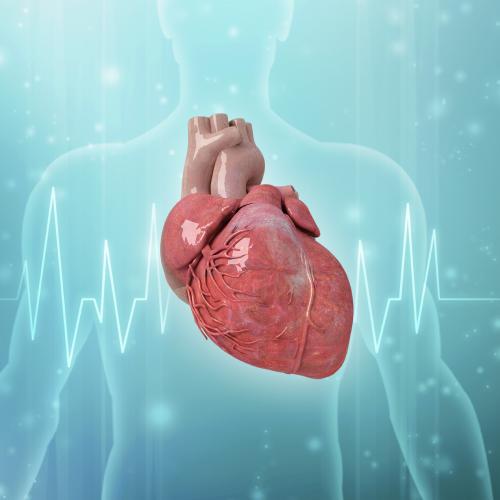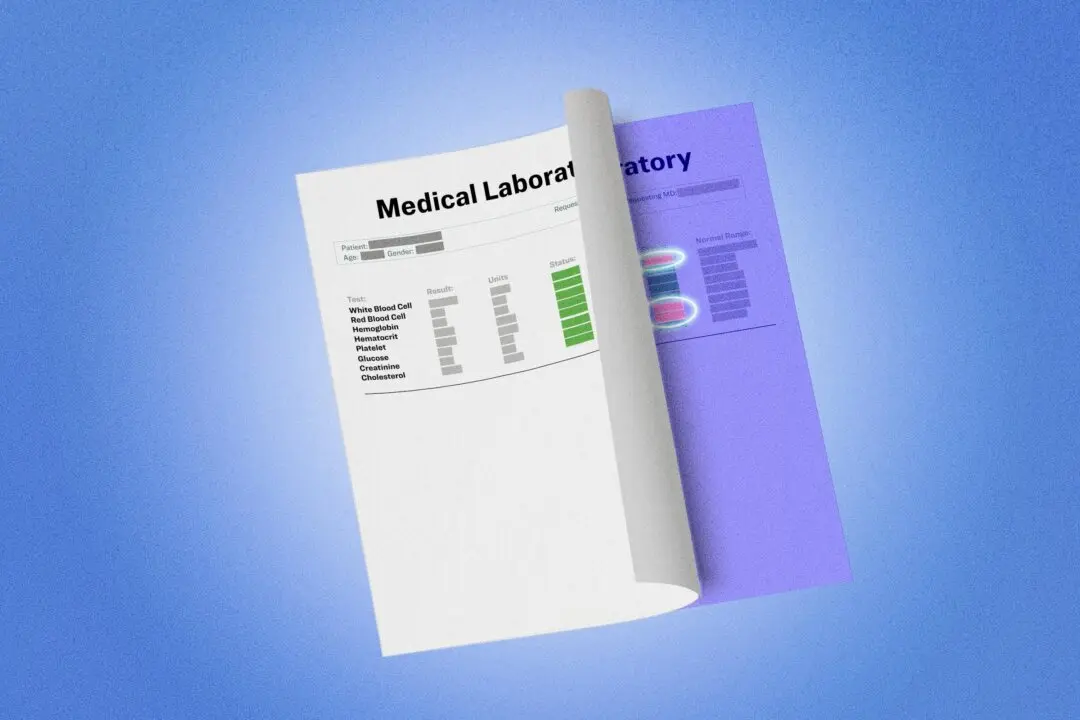
Sheramy Tsai
Author
Sheramy Tsai, BSN, RN, is a seasoned nurse with a decade-long writing career. An alum of Middlebury College and Johns Hopkins, Tsai combines her writing and nursing expertise to deliver impactful content. Living in Vermont, she balances her professional life with sustainable living and raising three children.
LATEST
The Heart Health Metric You’re Probably Ignoring—But Shouldn’t
Your resting heart rate can reveal stress, illness, and fitness levels long before you feel a thing.
|
‘Normal’ Isn’t Always Normal: What Your Lab Numbers Actually Mean
If you know something’s wrong with your health, but your doctor says your labs are fine, you may both be right—and that’s the problem.
|
Emergency Room, Urgent Care, or Wait? Tips on How to Decide
How can you tell a $200 problem from a $2,000 one? Cost, confusion, and broken access leave families guessing in crisis.
|
Your Doctor Has 15 Minutes—Know How to Make Each 1 Count
Nearly three in four Americans leave medical appointments confused, but you can be the one who gets real answers.
|
7 Everyday Habits That Raise Blood Pressure—and How to Reverse Them
Blood pressure rises hundreds of times a day through habits you barely notice. Small adjustments can bring it back down.
|
The Average Wait for a Doctor’s Appointment Is 31 Days—How to Get Seen Sooner
Doctor shortages can mean delays in getting appointments and care—but patients who understand the system can find ways to break through.
|
What the Life of a 117-Year-Old Can—and Can’t—Teach Us About Aging
With lab results far from ideal why did Maria Branyas Morera live more than a century?
|
CT Scans Save Lives; A New Study Warns They May Also Fuel Childhood Cancers
Experts urge perspective, saying the risk per child remains low.
|
What’s in Your Food? How to Decode Labels Like a Pro
With about 70 percent of the U.S. food supply now ultra-processed, learning to decode nutrition labels has become as essential as reading a bank statement.
|
The Heart Health Metric You’re Probably Ignoring—But Shouldn’t
Your resting heart rate can reveal stress, illness, and fitness levels long before you feel a thing.
|
‘Normal’ Isn’t Always Normal: What Your Lab Numbers Actually Mean
If you know something’s wrong with your health, but your doctor says your labs are fine, you may both be right—and that’s the problem.
|
Emergency Room, Urgent Care, or Wait? Tips on How to Decide
How can you tell a $200 problem from a $2,000 one? Cost, confusion, and broken access leave families guessing in crisis.
|
Your Doctor Has 15 Minutes—Know How to Make Each 1 Count
Nearly three in four Americans leave medical appointments confused, but you can be the one who gets real answers.
|
7 Everyday Habits That Raise Blood Pressure—and How to Reverse Them
Blood pressure rises hundreds of times a day through habits you barely notice. Small adjustments can bring it back down.
|
The Average Wait for a Doctor’s Appointment Is 31 Days—How to Get Seen Sooner
Doctor shortages can mean delays in getting appointments and care—but patients who understand the system can find ways to break through.
|
What the Life of a 117-Year-Old Can—and Can’t—Teach Us About Aging
With lab results far from ideal why did Maria Branyas Morera live more than a century?
|
CT Scans Save Lives; A New Study Warns They May Also Fuel Childhood Cancers
Experts urge perspective, saying the risk per child remains low.
|
What’s in Your Food? How to Decode Labels Like a Pro
With about 70 percent of the U.S. food supply now ultra-processed, learning to decode nutrition labels has become as essential as reading a bank statement.
|












